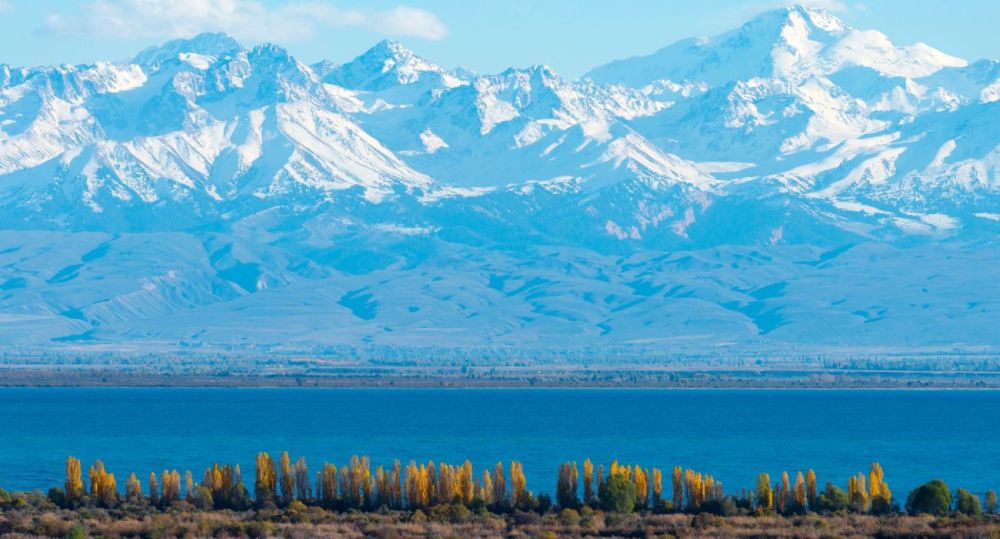

Issyk Kul Lake, nestled within the mountainous landscape of Kyrgyzstan, is not only a stunning natural wonder but also a historical reservoir of culture and tourism. This majestic lake, meaning "warm lake" in the Kyrgyz language, is the second-largest saline lake in the world after the Caspian Sea, and the seventh deepest lake worldwide. The combination of its size, depth, and unique properties has made it a focal point for visitors since ancient times.
The region surrounding Issyk Kul has a rich history that reaches back to the era of the Silk Road. It served as a rest stop for weary travelers and traders moving between Europe and Asia. The therapeutic qualities of the lake, due to its mild saline waters and the surrounding fresh mountain air, were renowned among ancient caravans. Historical references date back to Chinese and Persian texts, highlighting its importance for rejuvenation and trade.
Modern tourism at Issyk Kul Lake began to develop significantly during the Soviet era. The Soviet government recognized the potential of the lake's health benefits and developed it into a resort destination. Sanatoriums, holiday camps, and hotels sprung up along the shorelines, catering primarily to Soviet citizens in need of rest and treatment. It is during this period that Issyk Kul solidified its reputation as a popular tourism destination within the Soviet Union.
Following the dissolution of the Soviet Union, Kyrgyzstan gained independence, and Issyk Kul Lake started gaining recognition from travelers outside the former Soviet territories. The country's newfound freedom opened up opportunities for international tourism. Visitors were drawn to the area's unspoiled natural beauty, the therapeutic qualities of the lake, and opportunities for outdoor activities such as hiking, swimming, and bird watching.
Not far from the lake lies Karakol, a town steeped in history and culture. Karakol was historically significant as a Russian military outpost and later as a center for trade and exploration. Today, Karakol is known for its picturesque Russian architecture, traditional Dungan mosques, and charming Orthodox churches, which continue to attract history buffs and cultural enthusiasts.
In recent times, the trend in tourism around Issyk Kul Lake and Karakol has been shifting towards ecotourism and adventure travel. With the rise of global environmental awareness, travelers are becoming more interested in sustainable tourism practices. Local tour operators now offer eco-friendly accommodations and promote activities that encourage conservation and cultural preservation.
Adventure tourism is also burgeoning as visitors seek out the thrilling experiences afforded by the lake’s vast terrain. Trekking, mountain climbing, horse riding, and extreme sports are becoming increasingly popular, putting Issyk Kul on the map as a top destination for thrill-seekers.
As tourism continues to evolve in Issyk Kul and Karakol, there is an ever-present focus on preserving the natural and historical integrity of the region. Local communities, authorities, and international organizations are collaborating to ensure that this unique destination remains vibrant and accessible for generations to come.
With its captivating blend of natural beauty, historical significance, and emerging tourism trends, Issyk Kul Lake and the town of Karakol stand out as a premier destination in the heart of Central Asia. The legacy of its rich tourism history continues to pave the way for a promising future.